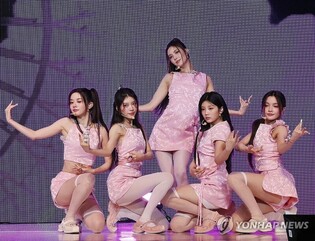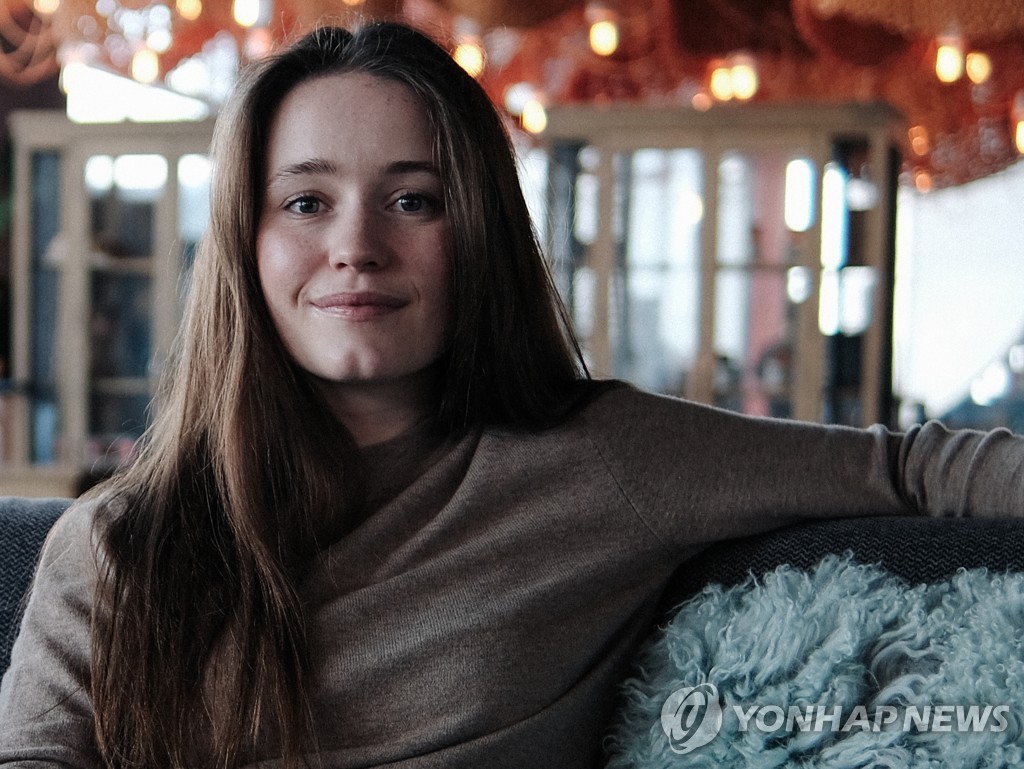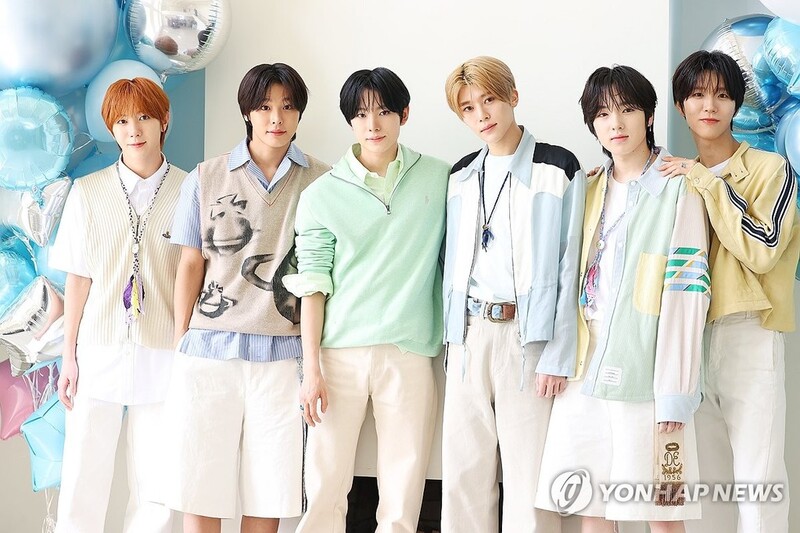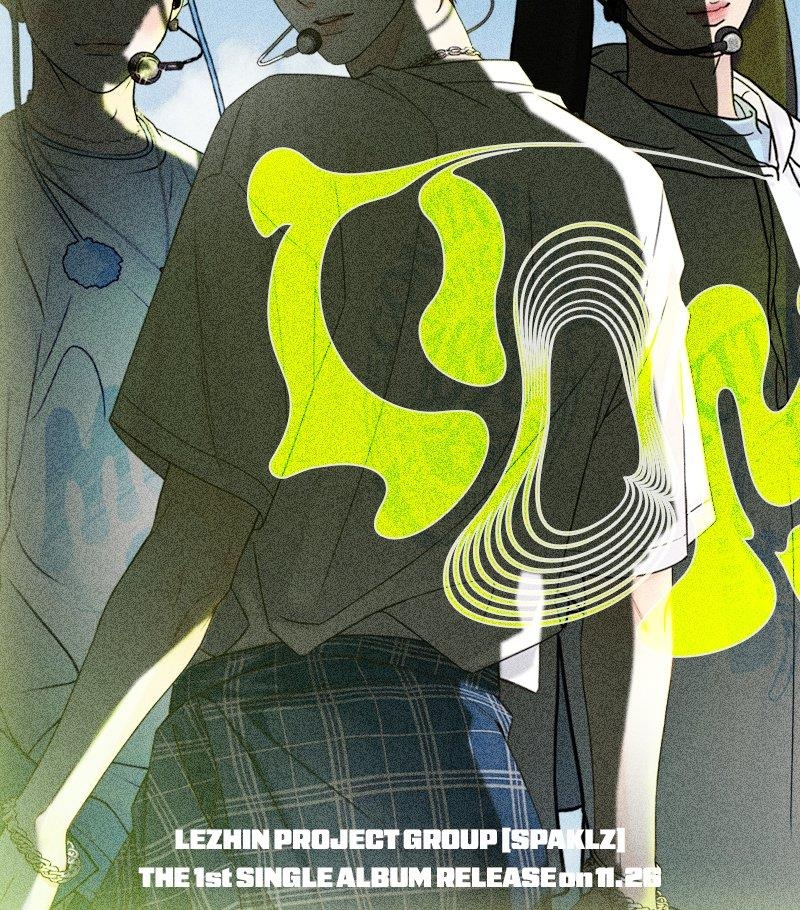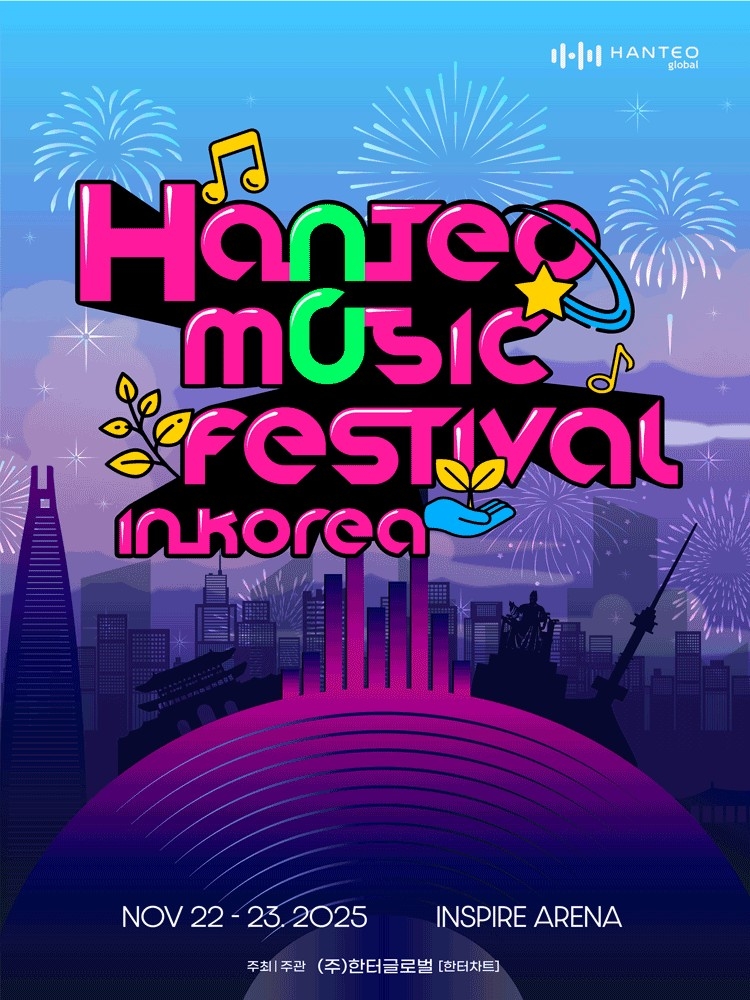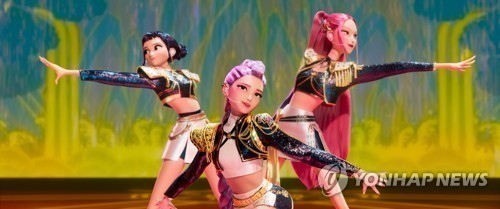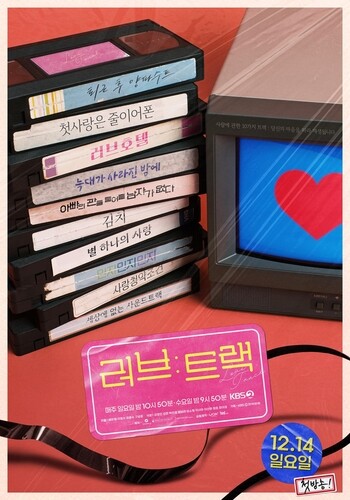*Editor’s note: K-VIBE invites experts from various K-culture sectors to share their extraordinary discovery about the Korean culture.
Chapter 1. The Past
The Secrets of Virtuality in Communist Propaganda Posters
By Noh Seok-joon (Master K-architect engineer)
 |
Communist and socialist propaganda posters convey the ideals of a perfect society that Thomas More and his successors among the utopian socialists sought to realize. Communists employed various forms of media to spread their vision of an ideal society worldwide, with propaganda posters being one of the most prominent methods. These posters were designed to effectively communicate their ideological values and aspirations for a utopian society through unique virtual imagery and powerful slogans.
Although a propaganda poster is merely a sheet of paper, it encapsulated the values, ideologies, and visions of the utopian society the communists aimed to establish, along with a compelling message designed to resonate with the masses.
Commonalities Between Propaganda Posters and the Sistine Chapel Frescoes
Propaganda posters contain the intricate and complex philosophies and theories of various socialist thinkers, including Karl Marx and Friedrich Engels. They also include methodologies for realizing the ideal society they envisioned, the newly proposed communist political system and industrialization methods, and complex narratives about city and building construction. Therefore, a single sheet of paper had to encapsulate the construction plans for a communist state, the future utopian society, and the vision of a happy existence for all people.
While this might seem like a fresh and innovative attempt, the creation and conceptual approach of propaganda posters share many similarities with Michelangelo’s creation of the Sistine Chapel frescoes. Firstly, there is the limitation of physical space. Both had to work within physical constraints to express a virtual world. For the communists, this was the extremely limited physical space of a single sheet of paper; for Michelangelo, it was the physical limitations of the chapel’s architectural space.
In the case of propaganda posters, the space of a single sheet had to embody the philosophy of a perfect, egalitarian society, the methodology for realizing it, and even the deification of their leaders.
The frescoes in the Sistine Chapel also had to distill sacred biblical stories, depictions of saints, the afterlife, scenes of the Last Judgment, and the holy and magnificent vision of God into the walls and ceiling of the chapel.
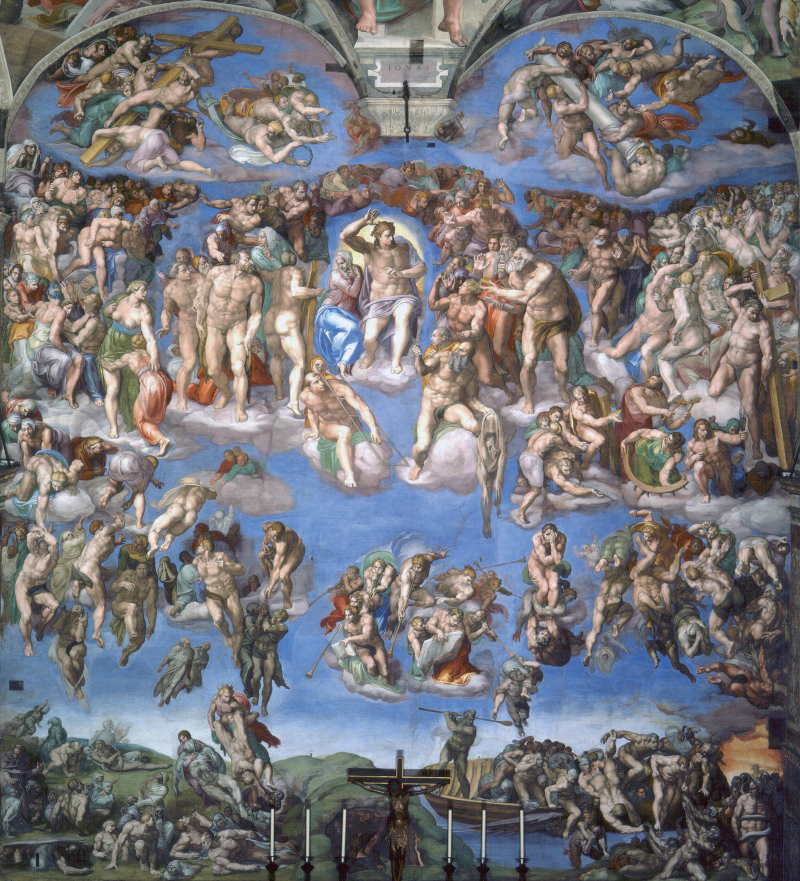 |
| ▲ The Last Judgment |
Beyond physical space limitations, both propaganda posters and the Sistine Chapel frescoes utilized mythical modes of communication to realize their narratives. The mythical mode of communication generally includes supernatural elements and exaggerated portrayals of characters to maximize the impact of the message.
For the ideal society envisioned by the communists to be realized in the real world, absolute public support and sacrifice were necessary. The communists used mythical communication methods to create a dramatic virtual message. Through propaganda posters, they presented a blueprint of a prosperous and happy utopian society, inspiring people to endure great effort and sacrifice in reality. This is similar to how Christian societies depict the afterlife as Heaven and Hell to encourage moral behavior and faith in God.
A Comprehensive Gift Set on a Single Sheet of Paper
The message conveyed through propaganda posters was quickly disseminated and exerted a strong influence, largely due to the role of paper as a medium. Propaganda posters, being a very economical media form, were mass-produced and distributed so that every member of society could see and own them up close.
Communists were able to deliver a special and powerful message to individuals in a completely different way compared to viewing murals on the walls or ceilings of a cathedral. A propaganda poster allowed every person to own it directly, view it at any time, or display it in their personal space to enter the virtual world whenever they wished. This is similar to how we can access social media or the metaverse through our mobile devices today.
The expression techniques used in propaganda posters were also very unique. For instance, the colors and shapes of objects were not realistic but exaggerated. Bright colors, close to primary hues, were mainly used to create a strong visual impact. It felt much like contemporary cartoons, early metaverse experiences, or computer game graphics. Bold outlines and dynamic, straight lines in the artwork also conveyed a sense of strong will.
The spatial scale depicted in propaganda posters produced in communist societies was also unrealistic. Multiple types of events appeared to be happening simultaneously, as if different spaces were collaged together. In other words, due to the limited space of a single sheet of paper, all elements were represented in an extreme and exaggerated manner. This is similar to creating a comprehensive gift set where various types of snacks are packed into one box. Both involve putting the content or snacks into a single paper or box in a way that maximizes the effectiveness of the final product by organizing the order and methods according to the importance of the materials and making sure nothing is left out.
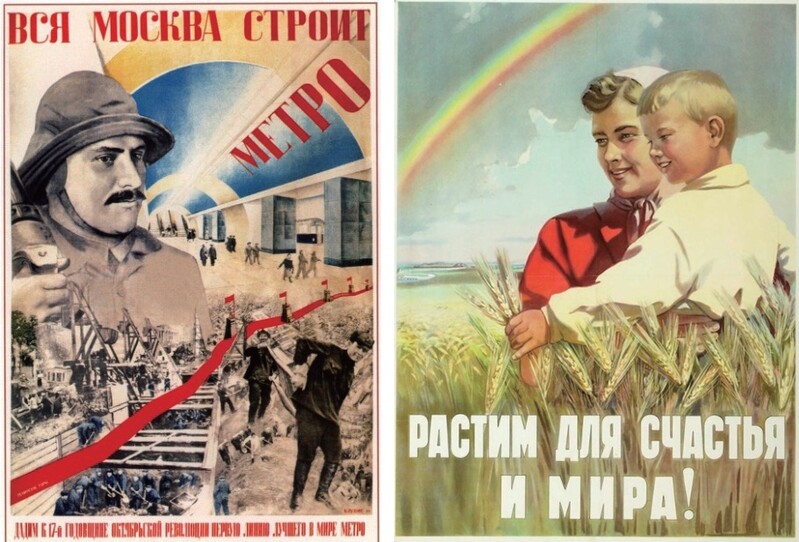 |
In the poster on the left, joyful and happy workers are shown building an ideal nation. The poster depicts the construction of a vast subway system through this joyful labor, representing the time and space of the construction process. The poster on the right uses exaggerated perspective to show various events and spaces all on one sheet of paper. It presents an ideal society through images of abundant land and grain, and the happy faces of a mother and child. It also creates a peaceful image with a rainbow.
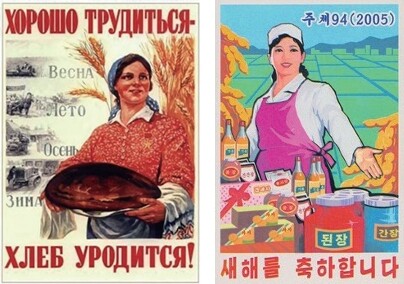 |
The left image is a propaganda poster from the former Soviet Union, and the right is a poster from North Korea. Both express an ideal of a prosperous life. The left poster shows a woman holding a large loaf of bread in her hands to depict a society free from hunger. The woman on the right is also surrounded by various kinds of food. The posters suggest that people in these two communist countries are living prosperous lives economically.
Meanwhile, most propaganda posters feature a characteristic of deifying and praising communist leaders. The leaders are portrayed as great and sacred beings, likened to gods, as they are envisioned as the ones who will build an ideal society where everyone lives happily and abundantly. By deifying the leader, communists sought to maintain their ideal system and foster unity and cooperation among members, creating a sense of respect and loyalty towards the leader as if they were a divine figure.
(C) Yonhap News Agency. All Rights Reserved








